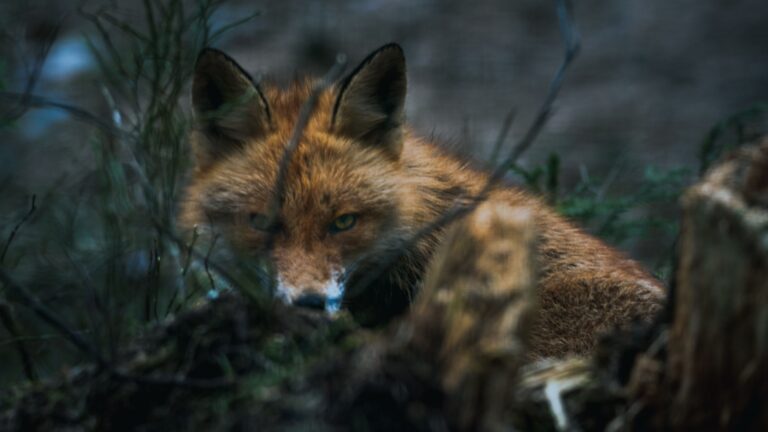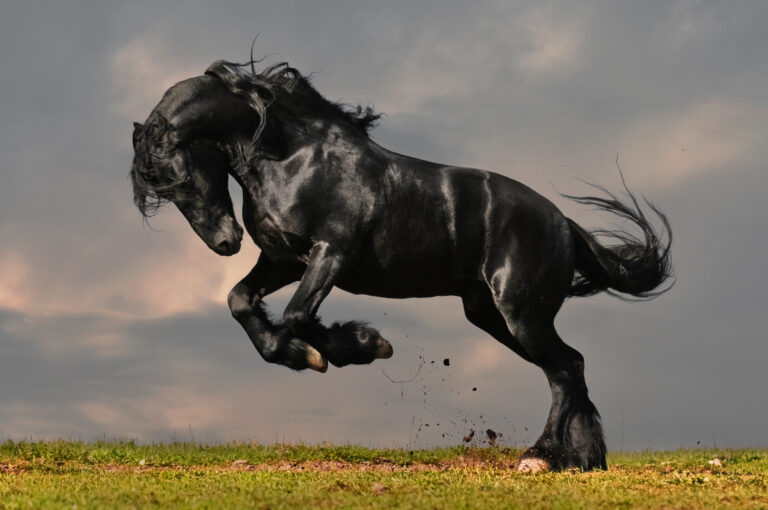Discover The Stunning Landscapes And Incredible Wildlife Of Western Canada
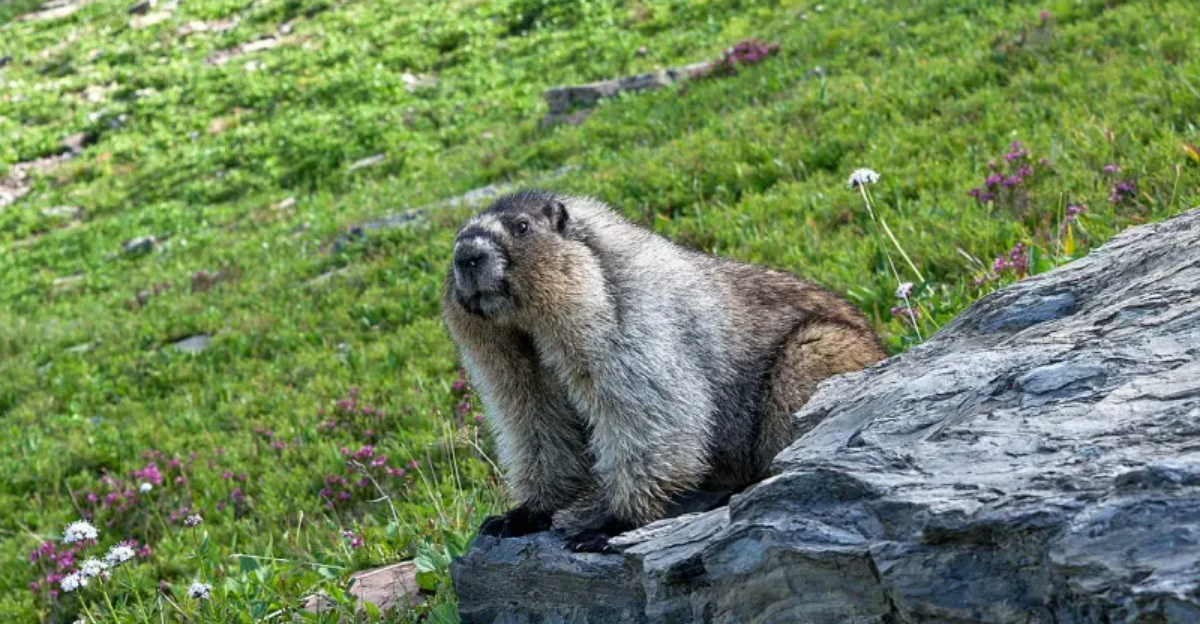
Western Canada’s wilderness holds some of North America’s most magnificent creatures. From towering mountains to sprawling forests, this region provides the perfect habitat for an incredible variety of wildlife.
Join me as we explore some amazing animals that call this rugged landscape home, and discover what makes each one special in this breathtaking corner of the world.
1. Grizzly Bears
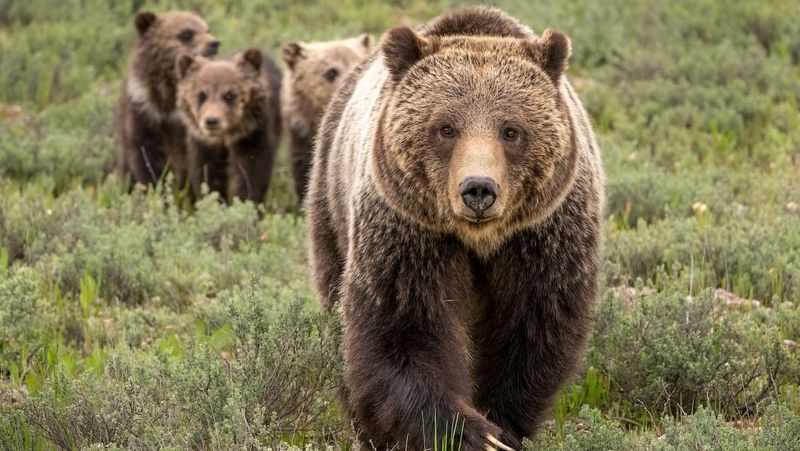
Massive and powerful, grizzly bears dominate the Canadian Rockies with their impressive presence. These iconic mammals roam freely through alpine meadows and dense forests, foraging for berries and hunting fish.
Their distinctive shoulder hump and long claws make them perfectly adapted to dig for roots and small mammals. Jasper National Park offers some of the best opportunities to safely observe these magnificent creatures in their natural habitat.
2. Mountain Lions
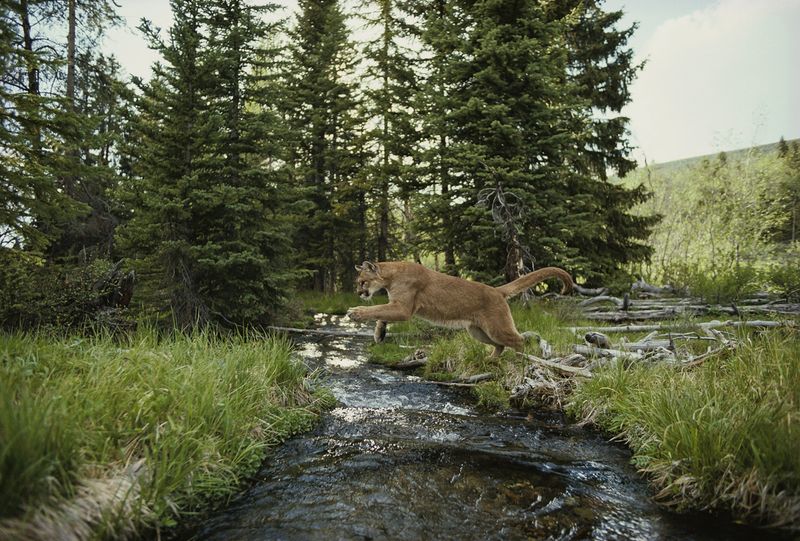
Silent and rarely seen, mountain lions navigate British Columbia’s challenging terrain with incredible agility. Their muscular build allows them to leap up to 40 feet in a single bound when pursuing prey.
These solitary hunters prefer the rugged cliffs and dense forests where they can remain hidden. Their tan coats blend perfectly with rocky outcrops, making these elusive predators nearly invisible until they decide to strike.
3. Moose
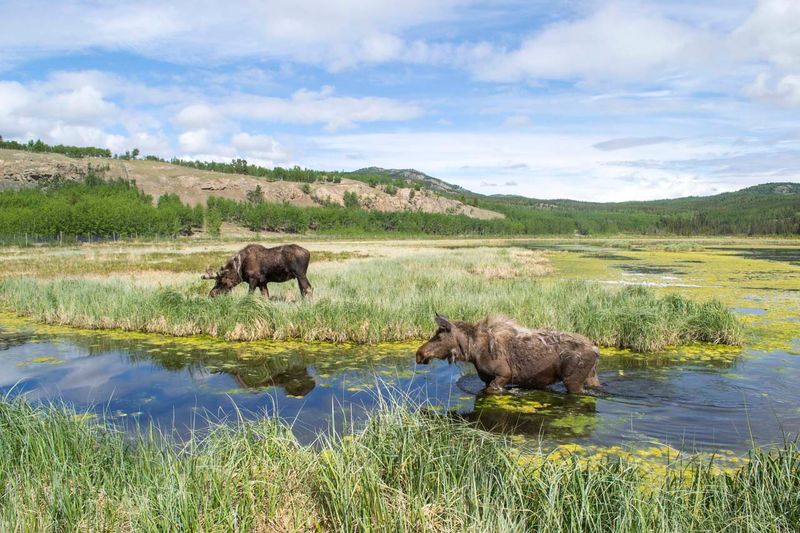
Standing taller than a horse, moose are the undisputed giants of Western Canada’s wetlands. Males sport massive antlers that can span six feet across, using them to attract mates and establish dominance.
These remarkable creatures wade through shallow lakes and marshes, dipping their heads underwater to feed on aquatic plants. Despite their enormous size, moose move with surprising grace through the boreal forests of Yukon and British Columbia.
4. Bald Eagles
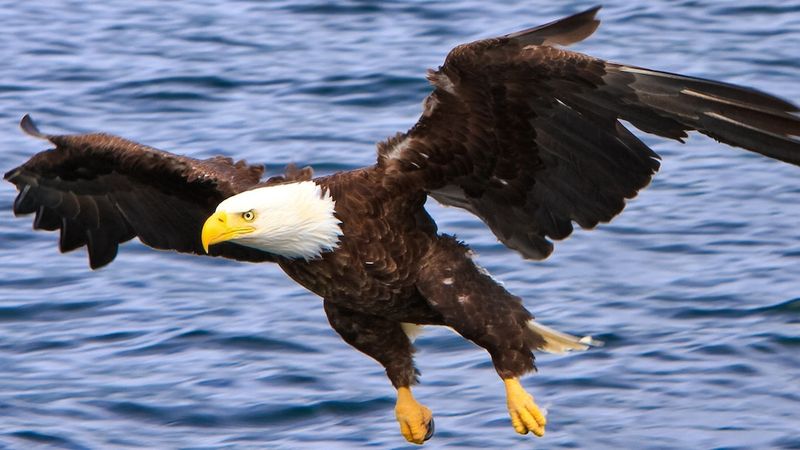
With wingspans reaching seven feet, bald eagles command the skies above British Columbia’s waterways. Their white heads and yellow beaks create a striking contrast against blue skies as they circle overhead.
Masters of the air, these birds build massive nests in tall trees near rivers and coastal areas. Watch them dive at incredible speeds to snatch fish from the water’s surface, showcasing the hunting prowess that makes them apex aerial predators.
5. Wolverines
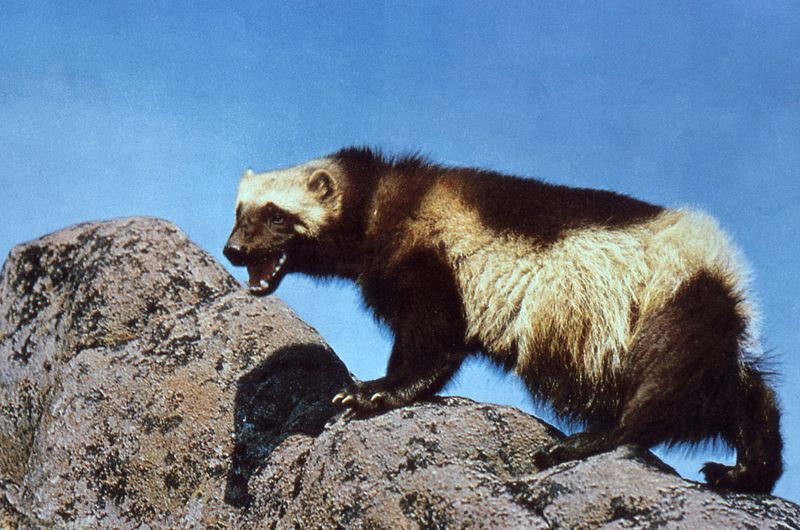
Pound for pound, wolverines rank among the most formidable predators in Western Canada. These muscular members of the weasel family fearlessly defend their territory against animals many times their size.
Specially adapted paws allow them to travel across deep snow without sinking. Their thick fur resists frost buildup, making them perfectly suited for the harsh winters of the Canadian Rockies where few other predators dare to venture.
6. Caribou
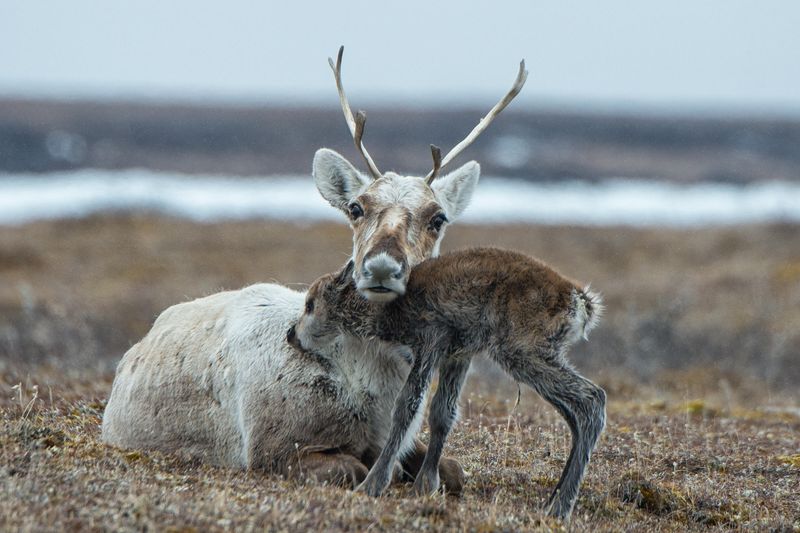
Few sights match the majesty of caribou herds migrating across Western Canada’s northern landscapes. Their large, curved antlers—unique because both males and females grow them—create a forest of velvet-covered tines when herds gather.
Specialized hooves spread wide for walking on snow and act like paddles when swimming across rivers. These remarkable adaptations help caribou undertake some of the longest land migrations of any North American mammal through Yukon’s vast wilderness.
7. Gray Wolves
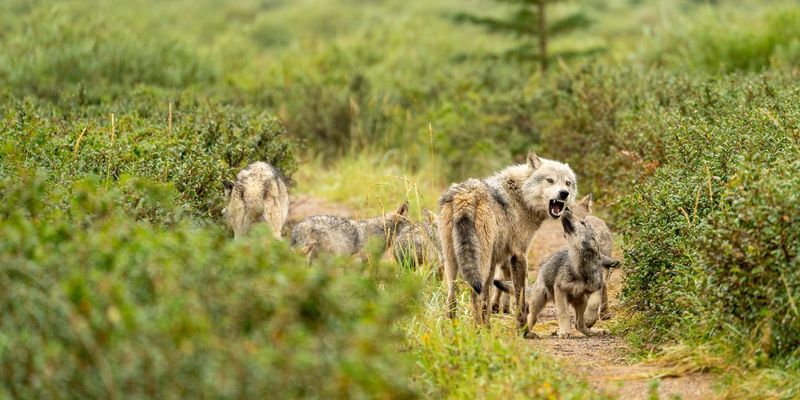
Highly intelligent and social, gray wolves move through Western Canada’s wilderness in coordinated family groups. Their haunting howls echo across valleys, allowing separated pack members to communicate over vast distances.
These ultimate team hunters use strategy and stamina to bring down prey much larger than themselves. Watching a wolf pack traverse an open meadow at dawn, moving like shadows across the landscape, offers a rare glimpse into nature’s perfect predatory machine.
8. Canada Lynx
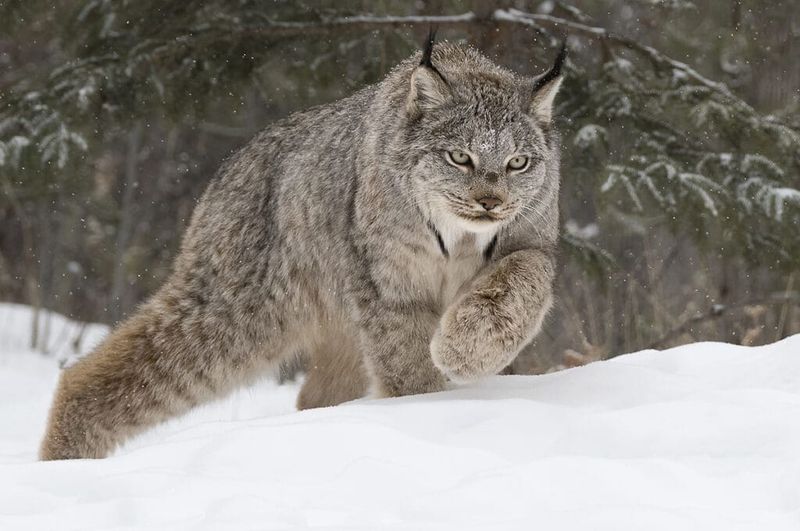
With tufted ears and massive paws, Canada lynx seem almost mythical when glimpsed in Western Canada’s snowy forests. Their oversized feet act like natural snowshoes, allowing them to stay atop deep powder while hunting.
These medium-sized cats have specialized as snowshoe hare hunters, with populations that rise and fall in a famous predator-prey cycle. Patient and persistent, lynx can sit motionless for hours before pouncing with lightning speed on unsuspecting prey.
9. Beavers
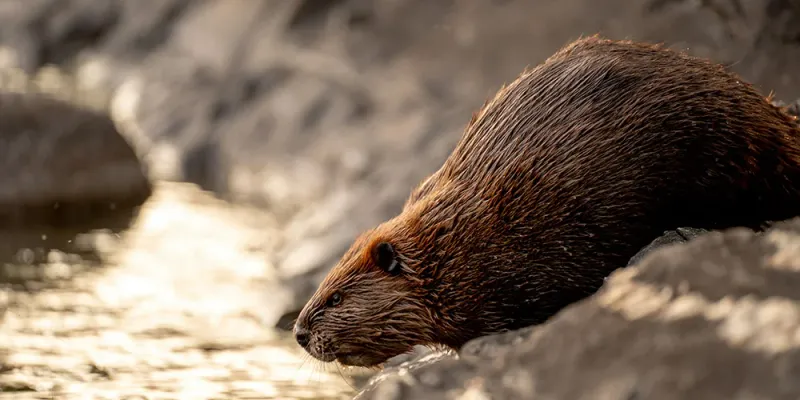
Nature’s engineers, beavers transform Western Canada’s waterways with remarkable determination. Their impressive dams—sometimes stretching over 100 feet long—create wetland habitats that benefit countless other species.
Waterproof fur and specialized lungs allow them to remain submerged for up to 15 minutes. Watch at dusk as these tireless workers carry branches and mud to maintain their intricate structures, showcasing problem-solving abilities that have earned them their reputation as ecosystem architects.
10. Mule Deer
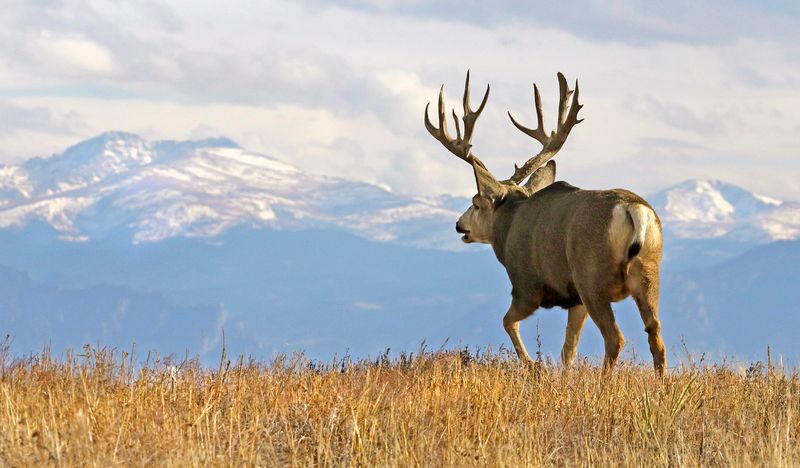
Instantly recognizable by their oversized ears, mule deer bring elegance to Western Canada’s foothills and valleys. Their distinctive bouncing gait—called stotting—helps them navigate rough terrain when evading predators.
Males grow impressive forked antlers that they shed and regrow annually. Dawn and dusk offer the best chances to spot these beautiful creatures emerging from forest edges to graze in mountain meadows, their movements cautious yet graceful.
11. Northern Saw-Whet Owls
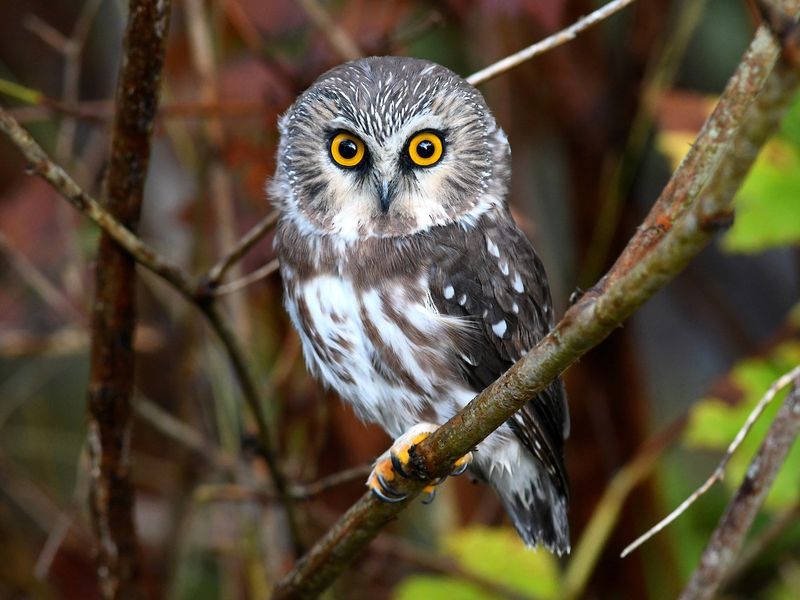
Small enough to fit in your palm, northern saw-whet owls hide among Western Canada’s dense evergreen forests. Their cat-like facial discs funnel sound to their asymmetrical ears, allowing them to pinpoint prey by sound alone in complete darkness.
Despite their tiny size, these fierce hunters can capture mice and voles with deadly precision. Their repetitive tooting calls—reminiscent of a saw being sharpened—fill spring nights, giving these diminutive predators their distinctive name.
12. Pikas
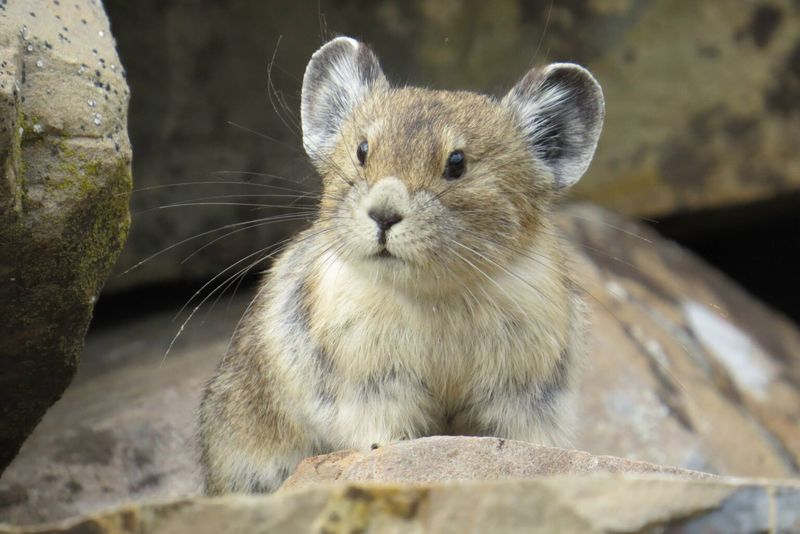
Resembling furry potatoes with ears, pikas bring charm to the harsh boulder fields of the Canadian Rockies. These relatives of rabbits don’t hibernate, instead spending summer gathering plants into “hay piles” for winter consumption.
Their distinctive high-pitched calls echo across alpine slopes as they warn each other of approaching predators. Watching these industrious little creatures dart between rocks with mouthfuls of wildflowers showcases their remarkable adaptation to life above the treeline.
13. Marmots

The sharp whistle of marmots announces your arrival in Western Canada’s alpine regions. These large, ground-dwelling squirrels serve as mountain sentinels, alerting entire colonies to potential danger with their distinctive calls.
Their chubby bodies store fat for winter hibernation that can last over seven months. Summer visitors to Banff and Jasper might spot these charismatic creatures sunning themselves on rocks, standing upright to survey their rocky domain with watchful eyes.



